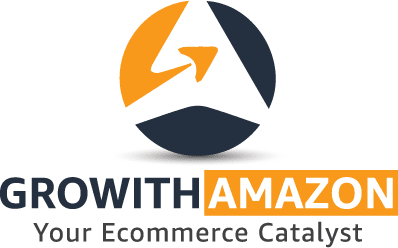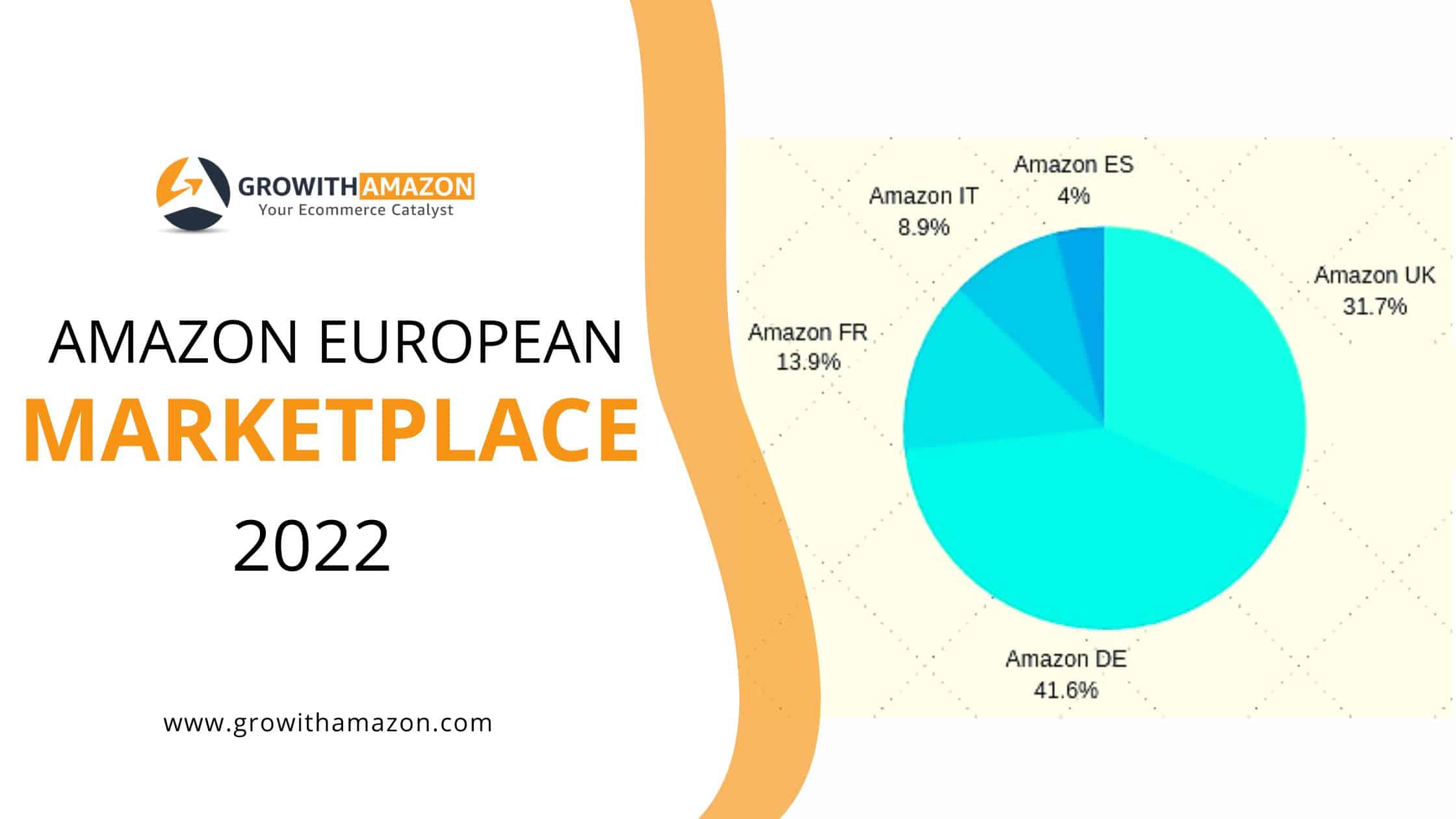
A GUIDE TO SELLING ON AMAZON EUROPEAN MARKETPLACES
If you’ve been selling on Amazon for some time or have recently read our guide to Amazon FBA, you’re probably well aware of the enormous potential audience and broad reach that selling on Amazon can offer.
However, many people are hesitant to sell in other nations because they believe that difficulties with communication or legal issues will be more trouble than they are worth.
Expanding your reach to sell on Amazon Europe may be precisely what you need to propel your business into the next phase of growth if you’re a US Amazon seller who has previously only stocked your products in US distribution centers.
But how do you comprehend all these various markets and their various regulations?
We’ll walk you through all you need to know in this post to start selling on Amazon Europe.
Initial considerations:
Select the European market you want to enter first.
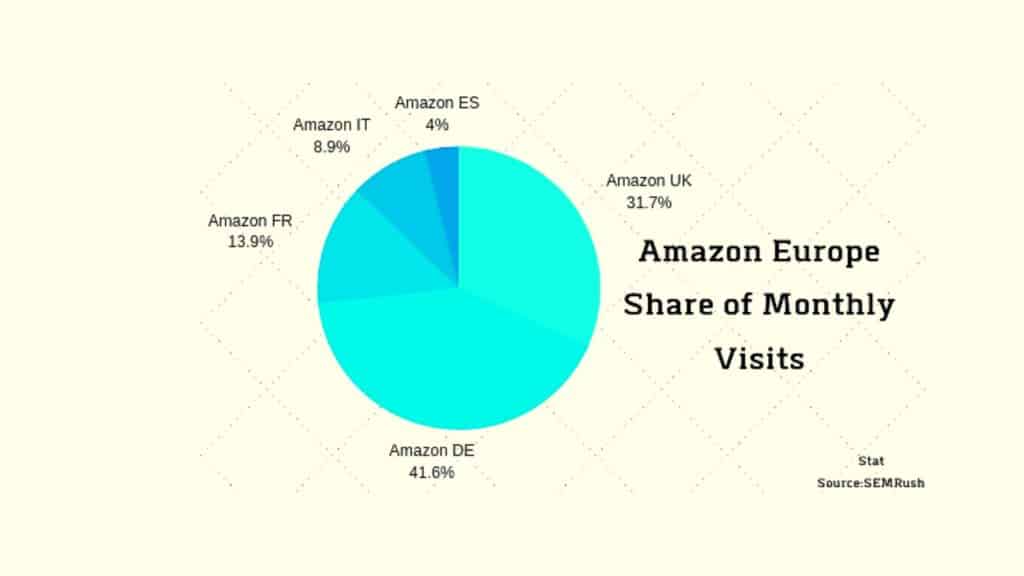
You can choose to sell in only one of the five European Amazon marketplaces or across the board. Despite this, you must initially select a “home” marketplace. This is a positive thing, and even if it weren’t, we still advise starting with one because managing all of the many local tax structures may get very challenging very quickly.
For a person from the US, the UK (where people speak English) and Germany (which has the largest European market, is less competitive than the UK, and has a large English-speaking population) are the ideal places to start.
However, the complete list you must take into account consists of:
- United Kingdom
- Germany
- France
- Spain
- Italy
Recently, the Netherlands also opened a new European marketplace; however, it is still in its early stages and has not yet been configured to function as part of Pan European FBA. In any case, it is interesting to see.
- When deciding which market to enter first, consider asking yourself the following questions:
- Which one provides me with the best logistical access into the European market? (shipping, tax, etc.)
- Which one, in terms of the demand for my product type and the level of competition, is the simplest to enter?
- Which one will make it easiest and most affordable for me to distribute my European inventory?
Your legal responsibilities can become quite convoluted when selling across Europe because you have to abide by both EU legislation and national laws in each nation.
The best initial step is typically to start with the EU and your “home” marketplace because it is much simpler than trying to learn about all of the marketplaces at once and makes learning about the other marketplaces later on much more doable.
It is frequently a good idea to hire an international lawyer if you aren’t particularly legal-inclined yourself. This person will be able to explain everything to you and assist you in setting up systems around things like VAT (value-added tax), customs papers, and fees.
At this point, you should also consider the following other factors:
- Consumer rights and differences in regulations around things like returns and advertising
- Health & safety obligations
- Environmental standards
- IP law
- Invoicing, labeling, and packaging regulations
SELECT YOUR METHODS OF FULFILMENT
There are two primary business models for selling on Amazon, as you are probably aware.
If you aren’t already aware of it, Amazon FBA is the most well-known and frequent option; our entire guide will explain it in detail.
In short, FBA refers to a situation where all of your goods are kept in Amazon’s warehouses, and they handle order fulfillment on your behalf.
FBM, or fulfilled by the merchant, is the alternative. With this option, your stock and send everything yourself.
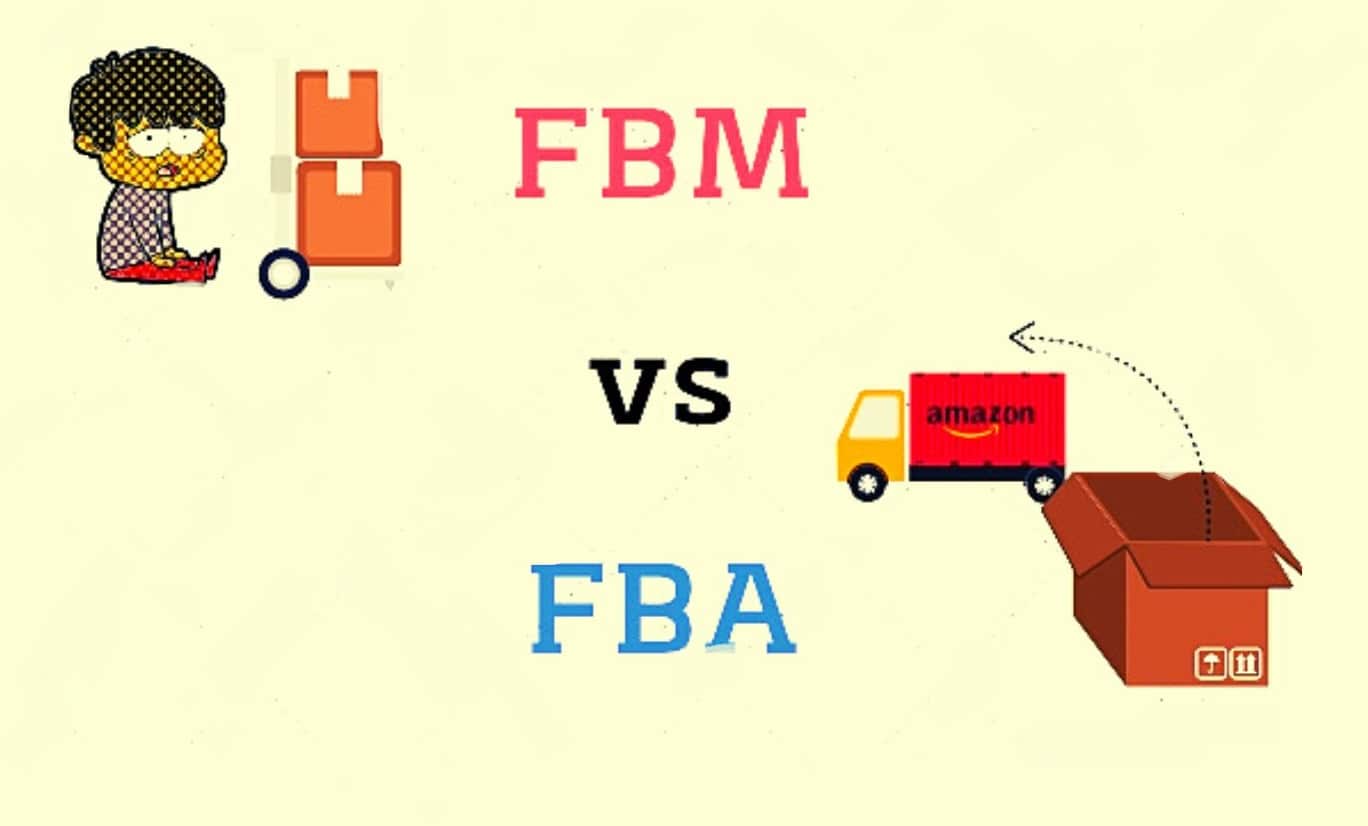 Because each of these two business models has distinctive qualities when used in the European market, let’s examine their distinctions in more detail:
Because each of these two business models has distinctive qualities when used in the European market, let’s examine their distinctions in more detail:
Fulfilled by Merchant, or Amazon FBM
If you’re selling a few things to people in your own nation, fulfilling orders yourself could seem like a reasonable alternative, but doing so for customers in Europe has some significant drawbacks.
You can either employ a Europe-based inventory storage and fulfillment center, which is likely to be expensive but also has the drawback of preventing you from offering Prime shipping, or you can physically ship your products from your own nation, which will result in some lengthy delivery delays.
Self-fulfilling orders is a fantastic way to get a feel for the industry and dip your toes in, but if you decide to dive in headfirst and keep a lot of stock, FBA is really your only viable option:
Fulfilled by Amazon, or Amazon FBA
It’s not quite as easy to use Amazon FBA in Europe as it is to ship your products directly to Amazon. There are three primary FBA alternatives, and which one is ideal for you will mostly depend on your personal finances and needs.
Observe the choices available:
Pan-European FBA
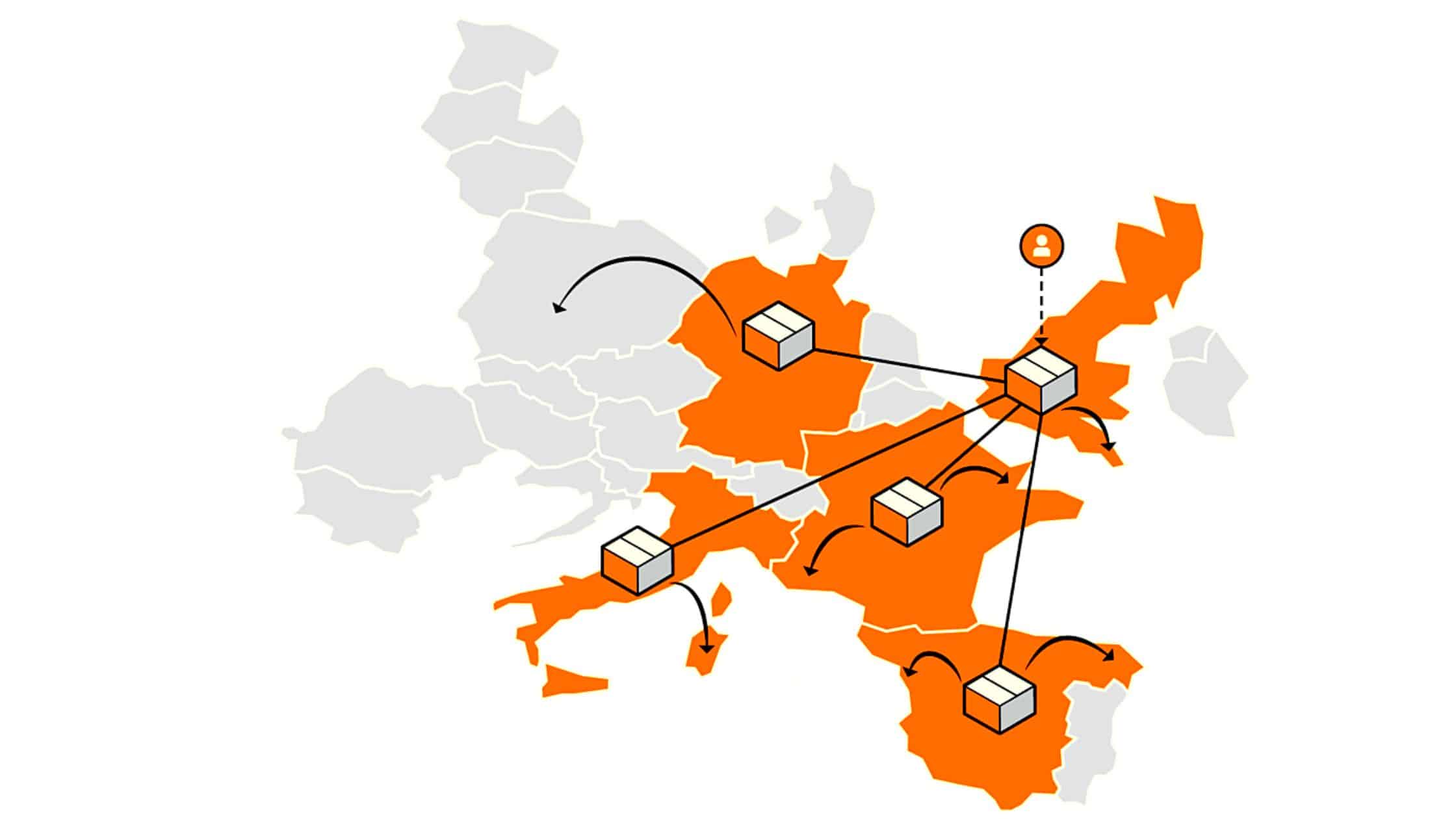
This is the approach to take if you want Amazon to handle as much as possible for you because it is by far the simplest option. Your products will be sent to a single fulfillment center in Europe, where Amazon will distribute them among other customers in accordance with its own projections for regional sales.
By sending all of your stock in one shipment rather than multiple smaller ones to several European nations, you can also save a sizable sum of money.
If you already sell on one European marketplace and don’t want to ship goods to all of them, this is the ideal choice. When you set up your listing on Pan European FBA, for instance, if you have inventory at Amazon UK, Amazon will be able to relocate some of your inventory to other countries and start filling orders there using your current stock.
European Fulfilment Network or EFN
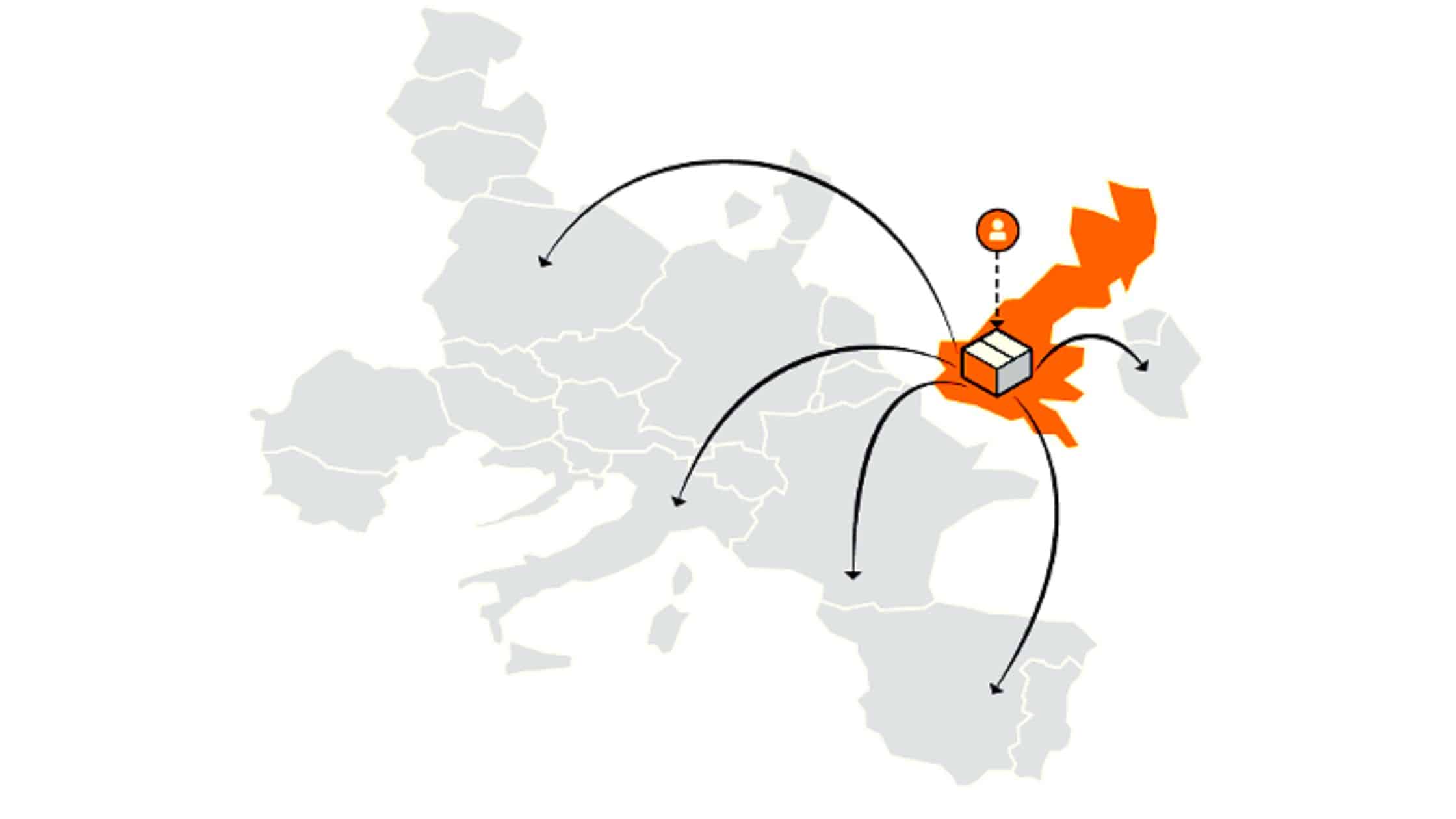 This option entails you shipping all of your European inventory to a single fulfillment center in Europe, however, unlike with Pan-European FBA, Amazon will leave it there and will fulfill orders to the entire continent from this single location.
This option entails you shipping all of your European inventory to a single fulfillment center in Europe, however, unlike with Pan-European FBA, Amazon will leave it there and will fulfill orders to the entire continent from this single location.
At first, this is just as simple as Pan-European FBA, but it does include more cross-border deliveries and lengthier shipping periods, which can become a little more challenging and lower conversion rates.
However, if you just anticipate your product selling well in one European nation, such as if you’re selling an English-language book, you can simply stock it in the UK. This indicates that although people in other nations can still purchase it if they so choose, the stock is not being sent to those nations where it is less likely.
Multi-Country Inventory or MCI
With this feature, you can manually select the distribution centres in which your products will be kept by sending discrete stock shipments to certain locations.
This may be the best option if you are aware that demand for your items is higher in some European nations than in others. You have complete control over which products are supplied, making it simple to avoid overstocking in regions with lower demand.
Additionally, it allows you to position your inventory closer to your clientele, which reduces transportation expenses and timeframes while also reducing cross-border deliveries.
A VAT AND EORI NUMBERS ARE REGISTERED
It’s time to prioritize that nation and learn everything you need to know about the legalities and practicalities of selling there now that you’ve decided on your home marketplace.
Once you reach this point, there are primarily two things you need to sign up for:
- For FBM vendors to import goods into Europe, they must get an EORI, or Economic Operator Registration and Identification number.
- Value Added Tax, or VAT, numbers are necessary for each country you sell in as well as for FBA and FBM vendors.
Initially, it’s acceptable to only have a VAT number for your domestic market and an EORI for all of Europe, but as you grow in Europe, you’ll need a VAT number for each nation you sell in (at least if you are selling above each countries individual tax thresholds).
Here things start to become really complicated since if you want to sell in every country in Europe, you’ll need 28 different VAT numbers and each one has its own percentages, thresholds, and exemption policies.
If you sell enough to justify it, hiring a European accountant with knowledge of the various legal requirements in EU nations is a smart idea and can help everything go much more easily.
THINK ABOUT UNIVERSAL PAYMENT OPTIONS
Amazon pays you through your current bank account in your place of residence when you sell in various countries. Although it’s good if you want the convenience this offers, you frequently lose out owing to changing exchange rates.
There are workarounds for this, including Payoneer.
You may receive payments directly in the local currencies of any country you conduct business in since they effectively set up several bank accounts for you in each location and provide you with easy access to them all through one dashboard.
Payoneer allows you to instantly register a receiving account for any new country you start selling to without having to manually do it with a bank in each country, saving you money on exchange fees and making the process incredibly convenient.
Payoneer is also directly integrated with Amazon, so setting this up in Seller Central is simple and quick. The end result is an online banking system that functions exactly like your current one but enables you to accept payments in any currency without suffering FX rate losses. People that conduct international commerce online must have this!
Setting Price Points for Each Country
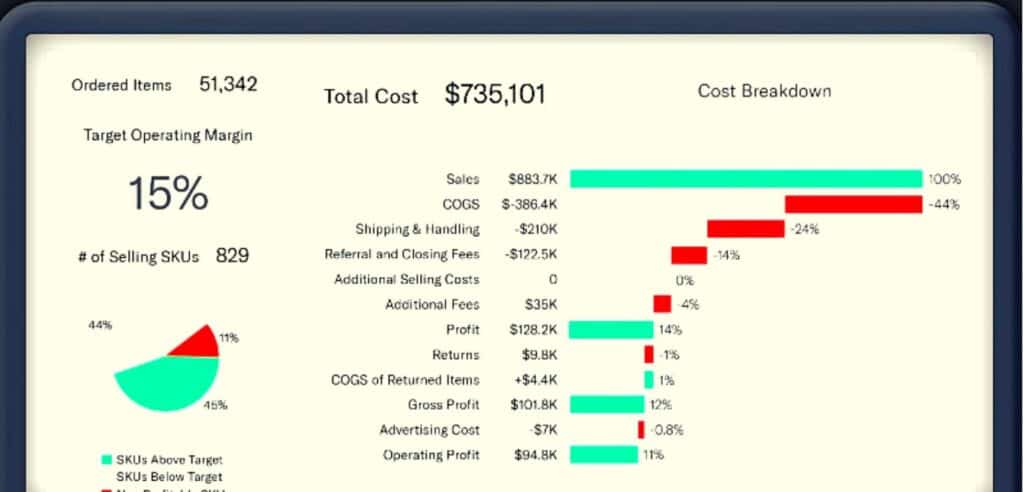
Setting product prices for each unique country will take some work, as each will have it’s own VAT regulations, customs duties, shipping expenses etc.
You may decide to complete this manually now that you have access to all of this information (or an accountant who does), but in the long term, this will likely be quite inconvenient as you may be multiplying the labour required for every price adjustment by 27!
Fortunately, there are some effective solutions for Amazon repricing available that make it simple to modify your prices by channel or nation and to define tax requirements, etc., for each country that must be included in each price.
Starting in a country that shares the same language as your home country can make this process easier for you, such as the UK if you are from the US or France if you are from a French-speaking country like Canada. However, even in these cases, it may not be as simple as copying and pasting because of different colloquialisms and spellings.
On our list of the top Amazon seller tools are suggestions for translation services.
Of course, listing your stuff and starting to make sales is the last stage.
This might be a fantastic strategy to expand your business if you already have success in the Americas and your research shows that there is a healthy demand for your items in Europe.
For hundreds of clients, we have successfully managed their international listings, enabling them to not only extend their business into other nations but also to achieve top-ranking positions in extremely competitive areas.
If you’d prefer to let our Amazon selling specialists manage this so you won’t have to worry, check out our Case Studies to see what we have already accomplished utilising our special, self-designed ranking process – or Request a Proposal right away to find out what outcomes we can achieve for you!
